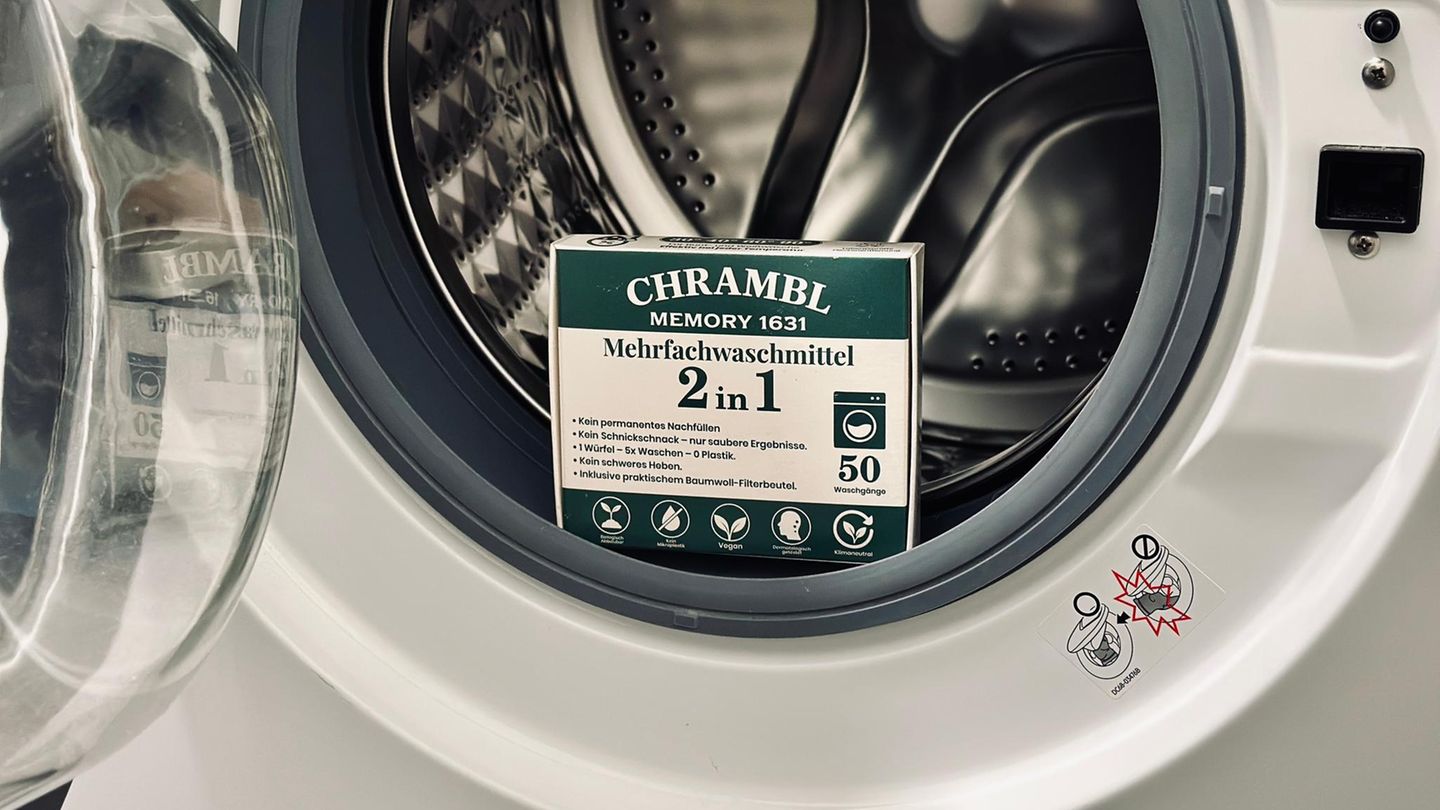Jo Stenuit is the most important person in Europe for the Japanese car manufacturer Mazda when it comes to Western tastes. He sees electric vehicles as a great opportunity, but he doesn’t like all of the modern creations. A conversation about beautiful and not so beautiful cars.
Mr. Stenuit, would you rather design Electric cars or combustion engine?
I don’t really care. A solution has to be found for both. But: We have now had over 100 years of combustion engines – electric cars are more exciting because so much is changing.
For example?
I have to slow down for a moment: things will change. At the moment, the components are still too big to be able to fundamentally rethink the design. But when the technology shrinks at some point, we can rethink the design of cars. Although I am sure that would not be entirely without risk.
In what way?
I think customers need a lot of time to get used to completely different vehicles.
What would those be like?
Maybe the hood, or the nose, will suddenly be missing. Why not? If we can find a way to ensure passenger protection in another way, for example through technology, the space in front of the driver’s cabin would be unnecessary. We’ll see.
So why not focus on cars that people already love? Timeless vintage cars that could be brought back onto the market with new technology. There was already a decision-making process about which designs people still like today and which vehicles they have forgotten.
That’s too simple. Our goals are simply different. We think in terms of tried and tested concepts – that’s fine. But we also try to make the cars timelessly modern.
And electrifying a current MX-5 – would that at least be possible?
Of course we have already thought about it. But it is very difficult because the result does not fit the concept of the car, at least not at the moment. An MX-5 has to be light and inexpensive. With a battery and an electric drive, this is not currently possible.
What does the crystal ball say – when will technology allow this?
Absolutely no idea. But I am sure that in ten years we will be in a completely different place.
How important is design for customers’ purchasing decisions?
Usually first place, very rarely second place. Design is everything.
© Bernd Schuster / Mazda / PR
To person
The Mazda MX-5 is the best-selling roadster in the world. The car owes this not only to its relatively reasonable price, but also to its design. Jo Stenuit, now Design Director at Mazda Motor Europe, has been ensuring that the Japanese brand meets customers’ tastes since 1998. But the look of cars as we know them today could one day change radically. As technology advances, things are possible with electric cars that were previously completely unthinkable with conventional engines. Stenuit, a big fan of the work of German industrial designer Dieter Rams, is very much looking forward to this era, even if he misses the old days a little.
How do you measure that?
We ask. Previously during the design phase, but now usually after the purchase. We have become more confident in this regard because our Kodo design language focuses strongly on simple and emotional design that is very well received and understood around the world.
What is important for a design that is as timeless as possible?
The “basics of design” must be implemented as perfectly as possible. Good proportions, beautiful surfaces and details – but just enough and not too much. That sounds very simple, but in practice it is incredibly difficult.
Have there been any cars in your career that you were less than convinced about after the work was done?
Looking back, I have never regretted a design, no. But I did have doubts during the design process. Most recently with the Mazda3. I didn’t have a particularly good feeling about it at first. The clay model, the first draft of the body, was initially a matter of habit. Today I think the design is beautiful.
How does it feel as a designer when you are confident in your work, but the car doesn’t appeal to customers at all?
I don’t know how that feels. (laughs.) No, seriously: It’s always a subjective feeling and sometimes it’s not that easy to really understand other people’s perceptions.
What is the role of a design director in Germany at a Japanese brand?
Our colleagues in Japan need our input. We have seen in the past what happens when brands from completely different parts of the world design cars for distant markets. People tick differently and have different needs, which is why we provide important input to find internationally compatible compromises.
I don’t think that was an issue with the Cybertruck. What do you think about that?
A great car as a provocation and marketing gimmick. In my opinion, it didn’t really need to go into production.
Why?
It doesn’t make the streets prettier. With cars, I also want them to fit into the landscape and you can see that people have put some thought into them. I want to be able to see the craftsmanship. I can’t do that with the Cybertruck and I think that in two years it will have aged noticeably. And that would be fatal in terms of a throwaway mentality if the car really only had to serve for a short hype and then rotted away in a dump.
What is the most beautiful car in your eyes – and please don’t say Mazda3.
I already have. But if we’re talking about icons – and then very old cars come into play – for me it would be the Toyota 2000 GT. It’s almost art, really. An incredibly beautiful car. But: incredibly expensive these days.
mobility
Topless through the summer: Ten beautiful convertibles for the warm days
Why are you particularly enthusiastic about old cars?
Because in my eyes the meaning of cars has changed. Cars used to be freedom. The epitome of freedom, so to speak. Today they are means of transport that force us into very narrow paths. Everything is controlled, everything beeps. It’s just a different feeling than it was back then, but maybe I’m just getting too old.
What is, from a designer’s point of view, the ugliest car in the world?
There is a long list of cars that I don’t understand. It’s also simply not true that all cars used to be more beautiful. People only remember the highlights – and have forgotten thousands of boring ones. But I’d rather not give specific examples.
The Fiat Multipla?
It’s actually quite interesting. Sometimes there’s beauty in ugliness. And the Multipla tried new things, dared to do something new. There are worse cars.
A good candidate for a retro trend.
Yes, it’s like fashion. Everything comes back. My daughter drives an old Mazda 626 from the 1980s. Ten years ago nobody wanted one, but now the car is considered cool again.
What would you build if you had complete freedom?
I would like to see a completely new minivan. Something for the time after the SUV era.
Source: Stern
I’m a recent graduate of the University of Missouri with a degree in journalism. I started working as a news reporter for 24 Hours World about two years ago, and I’ve been writing articles ever since. My main focus is automotive news, but I’ve also written about politics, lifestyle, and entertainment.




